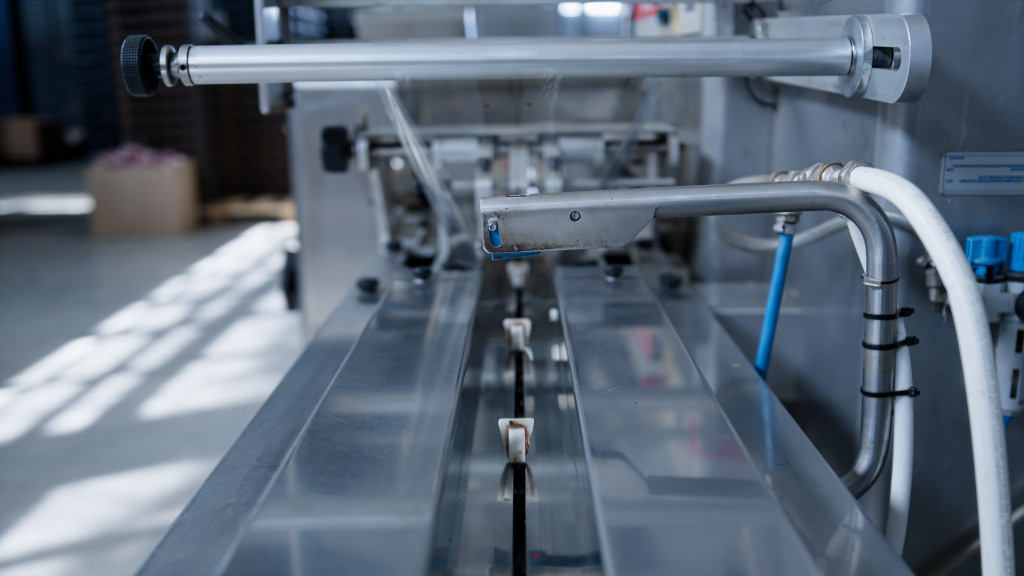- Automation solutions help businesses increase efficiency, cut costs, and improve accuracy.
- Companies should identify the tasks to automate and gather the necessary software, hardware, data sources, and robotic equipment.
- Tracking performance is essential to ensure accuracy and isolate potential issues.
- Automation can provide a 300% boost in productivity and help free up human resources for more critical tasks.
- Implementing an automation system can help businesses stay competitive and take advantage of the power of automation.
Modern businesses increasingly use automation solutions to streamline operations and remain competitive in the digital age. Automation has become an essential tool for businesses of all sizes, as it helps improve efficiency, cut costs, reduce human error, and free up human resources to focus on other, more critical tasks.
One key benefit of automation is improved productivity. Studies have shown that businesses can achieve a 300% boost in productivity with automation solutions like robotic process automation (RPA) and artificial intelligence (AI). This means that a business can do more with fewer resources, resulting in cost savings for the organization. Moreover, automating mundane tasks also provides employees with more meaningful and engaging work that increases employee morale and job satisfaction.
Studies have also found that automated processes lead to greater accuracy and consistency. Automation solutions use advanced algorithms to ensure procedures run smoothly without errors or inconsistencies. This leads to better quality assurance for the organization and reduces customer complaints or costly mistakes related to manual processes.
However, setting up the right automation system can be a daunting task. Here are a few tips to help you get started:
Determine the Areas to Automate

The first step in setting up an automation system is to identify the areas where it can be most beneficial. Automating tasks that are time-consuming or require high accuracy can help businesses improve their efficiency and performance. When choosing the processes to automate, it is essential to consider factors such as how often the task is repeated, how complex it is, and whether automating it would lead to significant cost savings or improved customer service.
For example, automating customer service inquiries can help businesses respond more quickly and accurately while freeing employees’ time for more strategic tasks. Automation can also be effective in managing data collection and analysis. Companies can use AI and machine learning algorithms to quickly process large amounts of data and uncover valuable insights faster than manual methods. Additionally, automation solutions can be used for inventory management, accounting processes, marketing campaigns, order processing, eCommerce transactions, product delivery tracking, and more.
Gather Essentials for Automation
Businesses must gather the necessary resources and materials to implement automation solutions successfully. Automation requires specific components to function correctly, and companies need to understand what supplies are needed to achieve their desired outcomes. Here are a few things you should consider when gathering essentials for automation:
Software Solutions
Software solutions are the foundation of any automation system. From programming language frameworks like Java and Python to graphical user interface (GUI) design software, having the right tools is critical for successful automation. It is essential to research which software packages best fit your needs and ensure they are up-to-date with the latest features and security protocols.
Hardware Requirements
Hardware components such as servers, storage systems, computers, printers, scanners, and peripherals are essential for most automated processes. Depending on the automation system being implemented, businesses may need to invest in additional hardware or upgrade existing components to ensure optimal performance. Additionally, companies should consider investing in industrial-grade hardware that can efficiently handle high volumes of data.
Data Sources
For an automated system to work correctly, it must have access to reliable data sources. Data sources can include structured databases such as MySQL or NoSQL databases and unstructured sources such as text files or web APIs. Companies should also consider incorporating machine learning algorithms into their system to learn from data sources and improve performance over time continually.
Robotic Equipment
Robotic systems are a popular choice for automation solutions, but they require additional components, such as industrial electric cylinder actuators, to move and power robotic arms. It is essential to research the best type of actuator needed for the specific task and ensure sufficient protection against dust, vibration, heat, and other environmental factors. Automation systems also need reliable sensors to detect objects or changes in the environment so they can respond accordingly.
Track Performance

The importance of tracking performance in automation processes cannot be overstated. Automation systems are designed to optimize efficiency and ensure accuracy, but businesses can quickly go off track without regular monitoring. Tracking performance helps organizations identify potential issues or bottlenecks that can cause costly errors and delays. It also allows them to identify areas where further optimization is possible and adjust accordingly.
Regular monitoring of automated processes helps detect minor anomalies before they become significant problems. By tracking key performance indicators (KPIs) such as cycle time, cost per unit, throughput rates, and error rates, businesses can quickly isolate any issues that may arise and take corrective action. Additionally, tracking performance provides valuable insights into the system’s effectiveness and allows for tailored optimization strategies to maximize efficiency.
Final Thoughts
Automation solutions help businesses streamline operations, improve productivity, reduce errors, and save costs. Implementing an automation system can be daunting, but with the right resources and strategies, businesses can reap the benefits of automation for their organization. With these tips in mind, companies can take advantage of the power of automation and stay ahead of the competition.
